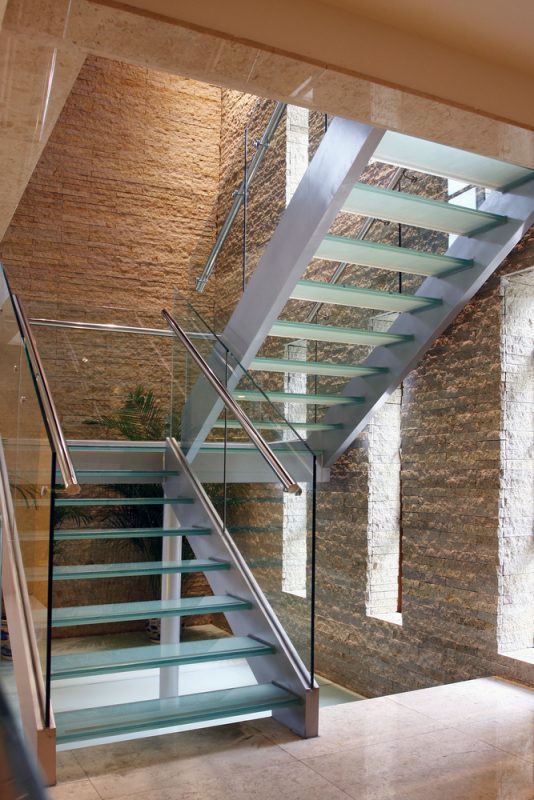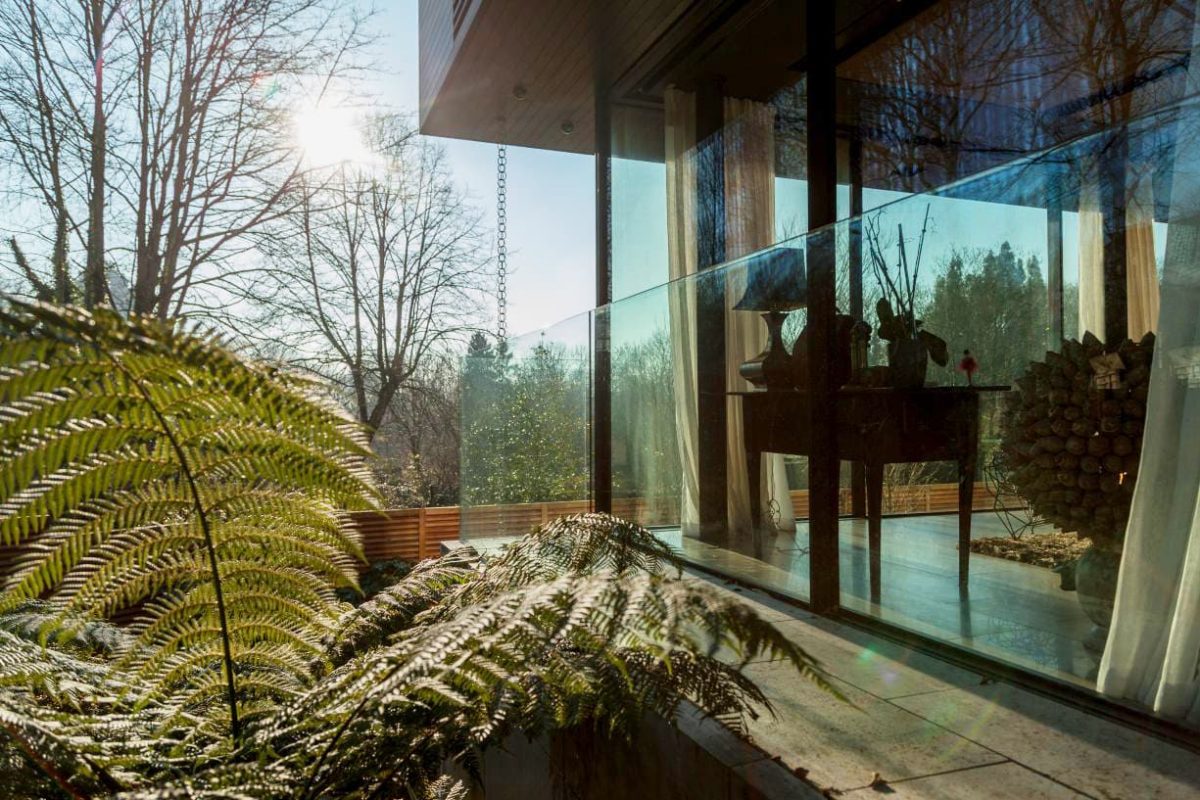There are many reasons why you should upgrade your stairs and balustrades to glass. First of all, glass stairs and balustrades are much more stylish and modern than their wooden counterparts. They can really make your home or office stand out and look more luxurious. Secondly, glass stairs and balustrades are much safer than wooden stairs and balustrades. Wooden stairs and balustrades are often slippery and can be very dangerous, especially for young children and the elderly. Glass stairs and balustrades, on the other hand, are much less slippery and are therefore much safer. Finally, glass stairs and balustrades are much easier to clean than wooden stairs and balustrades. Wooden stairs and balustrades can be very difficult to keep clean, but glass stairs and balustrades can be easily cleaned with just a damp cloth. So, if you are looking for a safer, more stylish, and easier-to-clean option for your stairs and balustrades, then glass is the way to go!

As construction techniques and materials continue to evolve, so too does the world of glazing. Once seen as a purely functional element of a building, glazing is now recognised as an important architectural feature that can dramatically affect a building’s overall look and feel.
One of the latest trends in glazing is structural glazing. This involves bonding the glass panes to the structure of the building using high-strength adhesives or mechanical fasteners, rather than using traditional framing methods.
If you’re looking to upgrade your home’s stairs and balustrades to glass, you may want to consider using structural glazing, the best reason you could have for wanting to upgrade.
The term ‘structural glazing’ was first coined in the 1950s by British architect Denis Arnold, who was working on the design of the Royal Festival Hall in London. at the time, most glazing was done using metal frames and Arnold wanted to create a frameless look for the hall. To do this, he bonded the glass panels to the steel structure using silicone sealant.

The first commercial application of structural glazing was on the De Beers Building in Johannesburg, South Africa, which was completed in 1957. The building used a curtain wall system, with the glass panels held in place by stainless steel brackets.
In the 1960s, American architect Fazlur Khan pioneered the use of structural glazing on high-rise buildings with his design for the John Hancock Center in Chicago. Khan’s design used a system of steel cables to support the glass panels, which were again bonded to the structure using silicone sealant.
Since then, structural glazing has been used on a number of high-profile buildings, including the Sears (now Willis) Tower in Chicago, the Petronas Towers in Kuala Lumpur and the Burj Khalifa in Dubai. In recent years, it has also been used on a number of smaller projects, such as the Apple Store in New York and the Google Campus in London.
Structural glazing is a method of creating a glazed structure in which the glass is held in place by structural silicone sealants and bonding agents, rather than by frames, mullions, or other support objects. This results in a structurally strong and incredibly sleek glass façade. Structural glazing can be used on both new construction projects and renovations.
The first step in a structural glazing project is to create a sealed glass unit. This is done by using high-strength silicone sealants and pressure-equalizing glazing tapes. Once the sealed glass unit is created, it is then attached to the structural support using structural silicone sealants and bonding agents.
The glass façade created by structural glazing is not only incredibly strong, but also very sleek and modern-looking. This makes it an ideal choice for many new construction projects and renovations.
Structural glazing is a type of construction where glass is used as the primary material. This offers a number of advantages over traditional materials like wood and metal.
There are a number of reasons why you should consider choosing structural glazing for your next project:
1. Aesthetics
One of the main advantages of structural glazing is that it gives buildings a clean, modern look. The lack of visible framing creates the illusion of larger, uninterrupted glass surfaces which can really maximise natural light levels and give a feeling of space and openness.
2. Greater design flexibility
Another benefit of using structural glazing is that it gives architects and designers greater flexibility when it comes to the overall look and feel of a building. For example, structural glazing can be used to create sleek, all-glass facades or unique, angled designs.
3. Improved performance
Structural glazing can also help to improve a building’s thermal performance as there are no gaps or joints between the glass and the structure. This means that heat loss is minimised and energy costs can be reduced.
If you’re looking for a modern, energy-efficient way to glaze your next building project, structural glazing could be the perfect solution.
Why Choose Finepoint?
Contact Finepoint to enhance your property with structural glass systems. You can fill out our online contact form or call us directly to speak to a member of our friendly team to see how we can help you with both residential and commercial projects.